The US Navy, Time Machines, and Memories

A blog post by Deputy Director Tracie Guy-Decker. Read more posts from Tracie by clicking HERE.
I know this may come as a surprise to some readers of this blog, but I am a Navy wife. My husband is an active-duty Chief Petty Officer. Until November of 2019, he was stationed at Ft. Meade in Columbia, Maryland. Since November, however, he has been assigned to a duty station out of Manama, Bahrain.
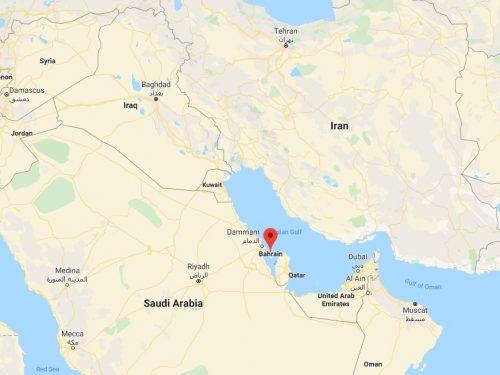
Chief Guy-Decker’s change of station was not a surprise, but neither was it terribly expected. To be honest, I was in denial he would actually be gone for a whole year until the day I drove him to the airport. Needless to say, having him so far away from home is a challenge. To help deal with that challenge, I decided my daughter and I would take advantage of her winter break from school to visit Bahrain.

What we found was a rapidly modernizing, highly cosmopolitan nation. Of the 600,000 people on the island, only 125,000 are Bahraini. With nationals from all over the world, English is a true lingua franca, so Ruth and I had no trouble navigating around. Because it’s me, we spent much of our free time visiting museums and historic sites. Because she is 7, Ruth spent much of that time complaining that we were visiting museums.
The first museum we visited was at the historic site known as the Bahrain Fort or the Portuguese Fort. This is one of those amazing archaeological sites where successive civilizations built on the ruins of previous ones. The layers at this site date back nearly 5000 years.
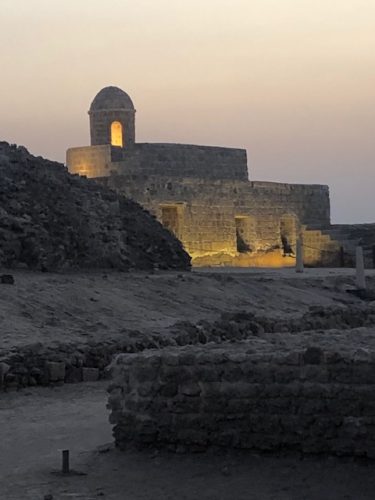
The accompanying visitors center and museum provides exhibits and explanations of the various layers of history and artifacts found at the site. I was fascinated by the Dilmun seals—tiny, ancient bas-reliefs used to make imprints in wax and other materials. There were many examples in the museum, many displayed under magnifying glasses and/or with the impression that they make in wax or with ink.
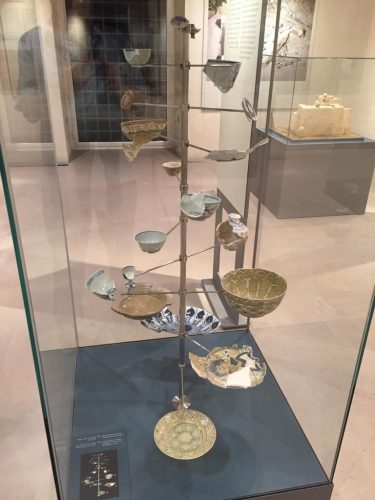


These wax dummies frozen in moments of domestic life reminded me of the old-fashioned museum experiences of my childhood, or of movies like Night at the Museum. To be honest, they made me a little uncomfortable. In 2020, it doesn’t feel accurate to suggest that a single wax figure (or even a multitude of them) could comprehensively teach me about culture. No matter how I slice it intellectually, the display of information feels reductive. As an outsider, I suspect the presentation of a “normative” culture is inaccurate and exclusive of someone or someones whose voices and lives are being left out. Once again, I can’t pretend I’m not a museum professional when walking through a museum.
The manuscripts room of the Bahrain National Museum, however, I found mind blowing. The mounts were basic book cradles, and the labels appeared to be typed on a typewriter, so it wasn’t production values that made the impression. It was the artifacts, the books themselves.
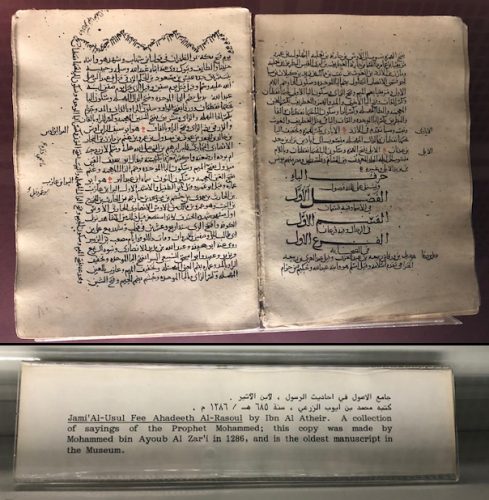
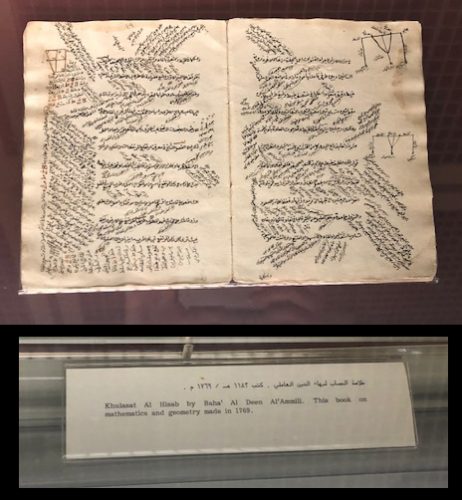
Will some museumgoer in the 23rd century behold the notes in my high school math textbook with the same wonder and lack of understanding as I faced this eighteenth-century text?
Of course, you don’t have to travel 8000 miles to be awestruck by history. Thankfully, we here at JMM and all of our colleagues in Museums around Maryland and the US are in the business of protecting those time-travelers we call artifacts. I, for one, am grateful to be a part of this time-traveling organization.
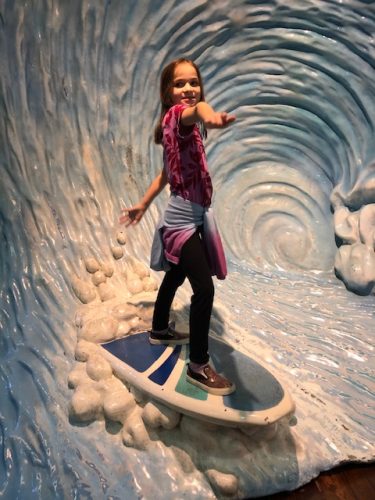

1 reply on “The US Navy, Time Machines, and Memories”
It was so exciting to share your visit to Bahrain. Your descriptive explanations made me feel as if I was sharing the experience. As for Ruthie, you captured her perfectly.